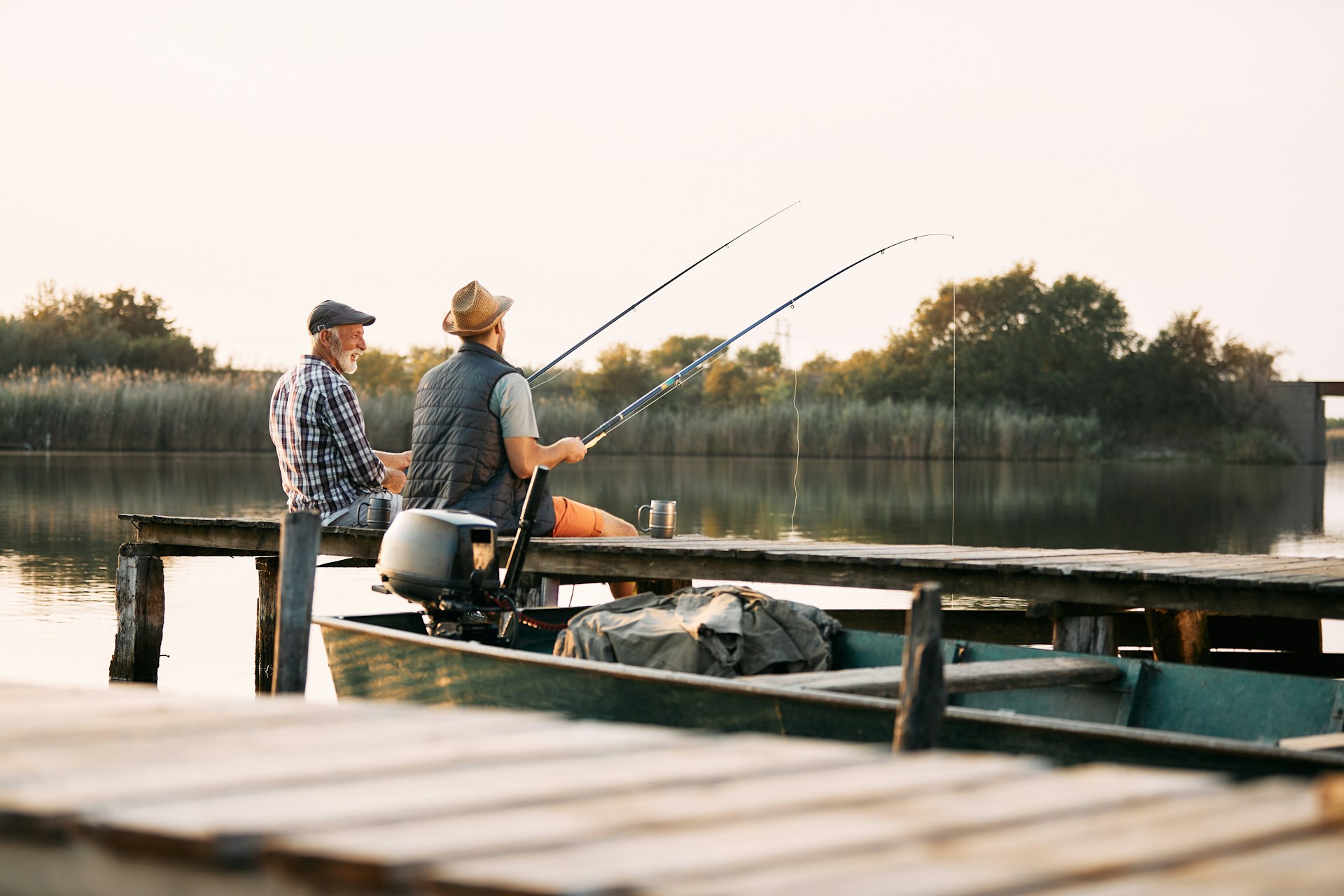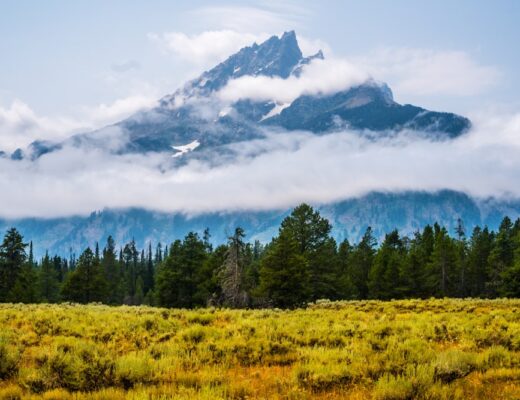Costa Rica isn’t just known for its stunning rainforests and idyllic beaches. If you’re into fishing, this Central American paradise should be high on your list of places to explore. With two coasts, countless rivers, and lakes, it offers a range of fishing experiences that cater to everyone, from beginners to seasoned anglers.
Curious about what makes Costa Rica a world-class fishing destination? Let’s dive into the best fishing spots, the species you can expect, and why this tropical haven deserves a spot on your bucket list.
The Pacific Coast: A Sportfishing Mecca
The Pacific Coast of Costa Rica is famous for its sportfishing opportunities, so many people book Costa Rica fishing packages here. The warm waters and rich marine life create an ideal environment for reeling in some serious trophies.
One of the top spots along this coast is Quepos, a small town that punches well above its weight in fishing. If you’re hoping to hook a sailfish or marlin, you’re in the right place. These big game fish are plentiful here, particularly between December and April, during the peak fishing season.
Tamarindo is another spot you shouldn’t miss. Located in the Guanacaste Province, it’s perfect if you’re after roosterfish, yellowfin tuna, or dorado (mahi-mahi). This area is known for its year-round fishing, so no matter when you visit, there’s something waiting for you below the surface.
Further south, the Osa Peninsula offers the chance to explore untouched wilderness while casting your line. Here, you can expect to come across snapper, wahoo, and cubera. If you love an adventure off the beaten track, this might just be your slice of paradise.
The Caribbean Coast: A Hidden Gem
While the Pacific often steals the limelight, the Caribbean coast shouldn’t be overlooked. The waters here are more tranquil, offering a completely different experience.
Tortuguero, famous for its wildlife, is a great spot for tarpon fishing. These massive fish can be found all year, but the peak season is between January and May. Hooking one of these silver giants is a battle that’ll test your strength and skill, making it an exhilarating challenge.
Not too far from Tortuguero, in Barra del Colorado, you’ll find a similarly thrilling experience. If you’re chasing both tarpon and snook, this region is your playground. The area’s lush landscape and fewer crowds mean a more relaxed but equally rewarding fishing trip.
Freshwater Fishing: Lakes and Rivers
If you’re more into freshwater fishing, Costa Rica has some hidden gems for you as well. The country’s lakes and rivers are teeming with opportunities.
Lake Arenal, Costa Rica’s largest lake, is one of the most popular spots for freshwater fishing. Situated near the famous Arenal Volcano, the lake is home to guapote, also known as rainbow bass, a favourite among anglers for its spirited fight. Other species you might catch include machaca and mojarra, all of which offer plenty of action on the line.
Rivers like the Sarapiquí and San Juan are also worth a trip, particularly if you’re interested in smaller species like tilapia or more challenging catches like snook. These rivers are perfect for fly fishing and offer a change of pace from the deep-sea excitement of the coasts.
What to Expect When You Fish in Costa Rica
So, what makes Costa Rican fishing so special? For one, you’re spoilt for choice with both saltwater and freshwater options. Whether you’re trolling the open seas for marlin or casting your line in a peaceful river, there’s always something to reel in.
But it’s not just the variety of fish; it’s the range of methods you can try too. Offshore fishing, inshore fishing, fly fishing, and even kayak fishing are all popular here. So, if you’re a fan of a specific style, or if you’re looking to try something new, Costa Rica caters to it all.
Another major draw is that you can enjoy catch-and-release fishing in many areas, especially when targeting big game fish. This practice ensures the long-term sustainability of the marine life, which Costa Rica takes very seriously. By fishing here, you’re playing a part in maintaining this incredible ecosystem.
Best Time to Go Fishing in Costa Rica
When it comes to timing your trip, Costa Rica’s tropical climate means you can fish all year round, but some species are more abundant during certain months.
- Sailfish – Peak season from December to April.
- Marlin – Best between September and November.
- Tuna and Dorado – Found throughout the year, with a spike from May to November.
- Roosterfish – Available all year, but the action heats up between June and September.
- Tarpon – Best from January to May.
If you’re a first-time visitor, it’s a good idea to book with a knowledgeable guide or charter company. Local experts can take you straight to the best fishing spots and ensure you’re using the right techniques for the species you’re after.
Tips for Planning Your Costa Rican Fishing Adventure
Before you pack your bags, here are a few things to consider:
- Licensing – You’ll need a fishing license, which can easily be obtained online or through your charter company.
- Gear – While most charters provide the equipment, if you’re bringing your own, make sure it’s suitable for the type of fishing you’ll be doing.
- Weather – Always keep an eye on the local weather forecast. While Costa Rica’s dry season (December to April) is perfect for tourists, the wet season (May to November) can offer some of the best fishing conditions.
- Accommodation – Many fishing hotspots like Quepos and Tamarindo are bustling tourist areas with plenty of hotels and resorts, so finding a place to stay won’t be an issue.
Ready to Cast Your Line?
Costa Rica’s diverse landscapes, incredible marine life, and variety of fishing experiences make it a dream destination for any angler. Whether you’re after the thrill of catching a 500-pound marlin or prefer the serenity of freshwater fishing, this tropical paradise has something for everyone. All you need to do is pack your gear, grab a license, and let the adventure begin!




